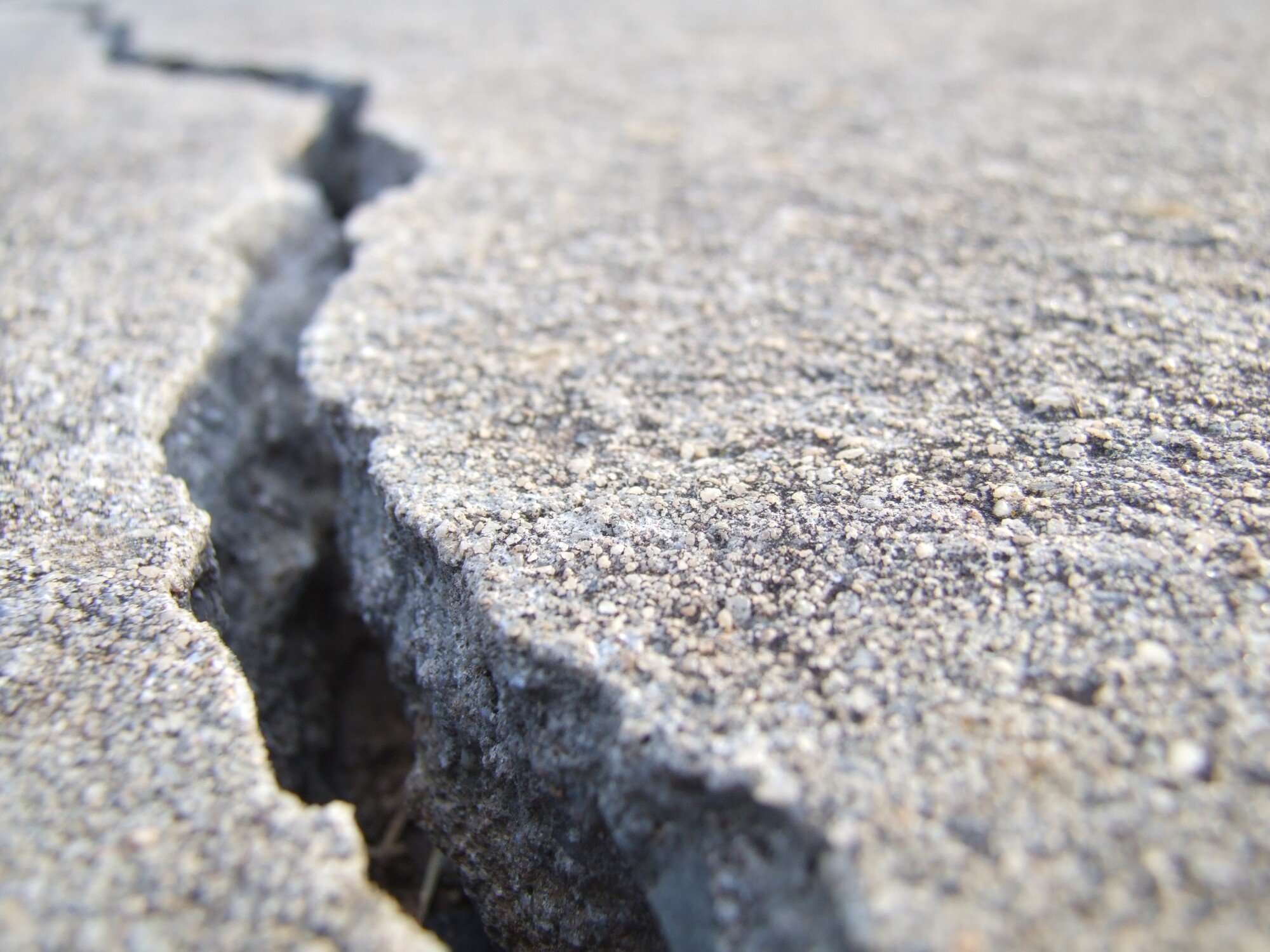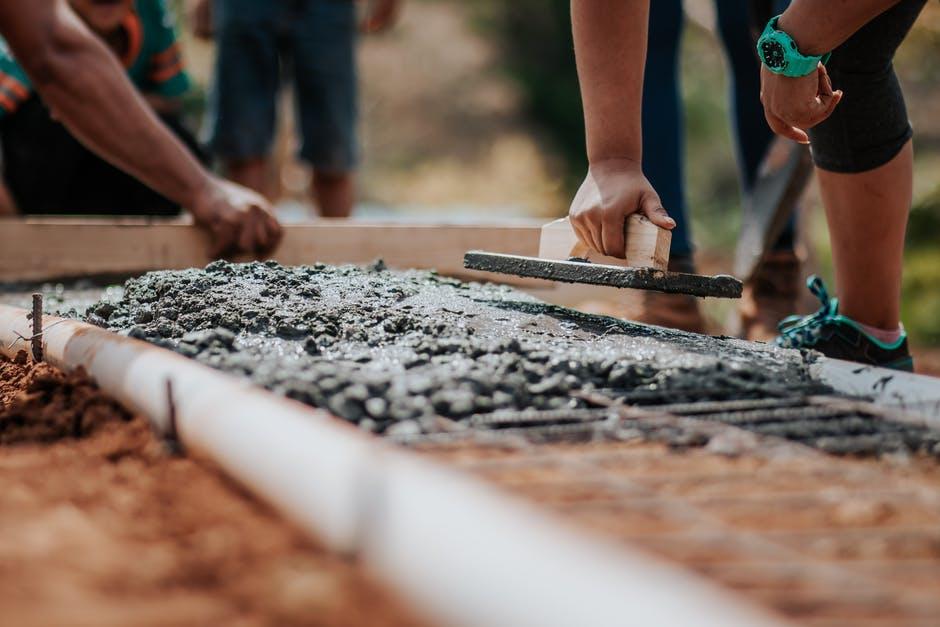Concrete serves as one of the most widely used construction materials in the world, known for its durability and versatility. Yet, the strength of concrete is influenced by a variety of factors, each determining its overall performance.
Concrete strength helps engineers, architects, and construction workers select the right materials and techniques for each project. Take a closer look at the elements that contribute to the longevity and structural integrity of their concrete applications.

Testing for Strength
Rigorous testing verifies the strength of concrete. To know more, resources like https://deslinc.com/blog/choosing-best-concrete-strength-test can help you determine the ideal test for concrete strength. In general, there are a variety of tests employed to assess structural integrity. These tests involve applying pressure to a concrete sample until it fails, providing valuable data on maximum load capabilities. Different standards, such as ASTM and AASHTO, offer guidelines on how to conduct these tests, ensuring consistent and reliable results.
Proactive testing enables constructors to identify underlying issues with strength early in the process and allows for necessary adjustments or interventions. Continuous monitoring over time can also reveal how concrete performs under various loads, contributing to safer structures and informed engineering decisions.
Material Selection
Concrete is primarily composed of cement, aggregates, water, and sometimes additives. The selection of each material has a direct influence on concrete strength. Cement offers durability and strength, a popular choice in many constructions. Aggregates, both coarse and fine, must be chosen based on their size, shape, and grading. Angular aggregates tend to provide better interlocking and bonding.
The water-cement ratio is a critical factor; too much water can weaken the concrete whereas too little can hinder hydration, leading to brittle structures. To optimize strength, combine these materials in line with engineering specifications and project requirements.
Mixing Procedures
Mixing methods define concrete quality and strength. Generally, there are two common mixing processes: manual mixing and machine mixing. Manual mixing may lead to inconsistencies, whereas mechanical methods provide uniformity. Consistent mixing ensures that all aggregates are adequately coated with cement paste, promoting better particle adhesion.
The mixing time must be carefully controlled. Overmixing can introduce air bubbles, which compromise structural integrity while undermixing might leave dry patches within the mix. For more intricate projects, it’s advisable to consult reliable sources about different concrete strength tests, where detailed guidelines are often provided. An approach that combines proper material proportions and effective mixing can greatly enhance the performance of the final concrete product.
Curing Techniques
Proper curing is indispensable for achieving the desired strength of concrete. Curing refers to the process of maintaining adequate moisture, temperature, and time to allow sustained hydration of the cement. Insufficient curing may cause surface cracking, reduced strength, and even complete structural failure.
There are several curing methods, including water curing, wet coverings, and curing compounds. Water curing involves periodically soaking the concrete to keep it moist, promoting optimal hydration over time. Curing compounds act as a barrier and reduce moisture evaporation, especially in hot climates. The duration of curing should be adequate, with experts generally recommending a minimum of seven days for most concrete types.
Environmental Conditions
Weather conditions, including temperature and humidity, dictate how concrete cures and gains strength. Exposure to extreme heat can lead to rapid moisture loss, thereby causing shrinkage and cracks. Conversely, in cold temperatures, the hydration process slows down, which may prevent the concrete from achieving its full strength potential. Rain can also adversely affect freshly poured concrete, leading to surface washout.
Take some steps to protect concrete during adverse conditions. Builders often use coverings, heating blankets, or even chemical accelerators to help manage these environmental challenges. An awareness of local weather patterns can inform project planning and help to mitigate the adverse effects on concrete strength.
Water-Cement Ratio
The water-cement ratio is one of the most significant factors affecting concrete strength — it shows the mixture’s consistency and has a proportional relationship with the final strength of the concrete. A lower water-cement ratio typically results in higher strength, as there is less moisture that could compromise bonding. However, the ratio must be balanced; too little water can result in a dry mix that is difficult to work with and may not hydrate fully.
Engineers often calculate the optimal water-cement ratio based on the specific type of concrete being poured and the environmental conditions at play. Research demonstrates that a ratio of 0.4 to 0.6 is generally standard for robust structural concrete. Adjusting this ratio according to the project requirements will be sure to cause increased durability and structural performance.
Additives and Their Impact
The role of additives enhances the performance of the concrete. These materials are incorporated into the mix to modify its properties, such as improved strength, durability, or workability. Common additives include plasticizers, superplasticizers, and pozzolans.
Plasticizers improve workability without increasing the water content, whereas superplasticizers allow for substantial water reduction, which boosts concrete strength. Meanwhile, pozzolans, which can be either natural or artificial, react with the calcium hydroxide released during hydration; they help produce additional cementitious compounds, leading to greater long-term strength. Using these additives judiciously can result in concrete that meets the increasingly demanding performance specifications of modern construction.
Innovative Technologies in Concrete Strength
The construction industry continually explores innovative technologies to enhance concrete strength. Advancements such as high-performance concrete (HPC) and self-consolidating concrete (SCC) have emerged, focusing on superior strength characteristics. HPC is designed with lower water-cement ratios and superior material qualities, leading to increased durability and resistance to environmental factors. SCC employs fine aggregates and high-flow properties that eliminate the need for mechanical vibration during placement. These innovations contribute to enhanced strength and longevity and—most importantly—decrease construction time and labor costs. As technologies advance, builders have the opportunity to apply cutting-edge solutions tailored to their specific needs, ensuring structural reliability in modern developments.

Exploring the various contributing factors to concrete strength reveals a comprehensive understanding of the material and its applications. From material selection and curing techniques to addressing environmental conditions, each element ensures the resilience and longevity of structures. Effective engineering practices paired with innovative technologies can enhance the performance and durability of concrete, translating into safer and more efficient construction.
